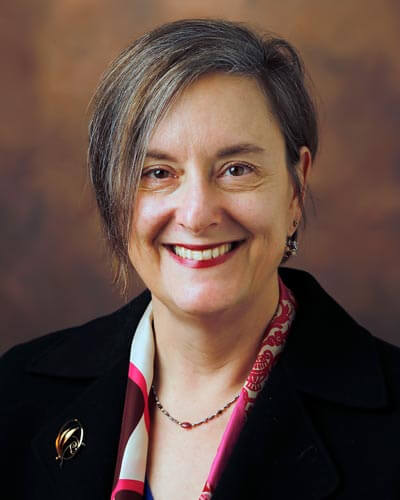Teaching Innovations at Vanderbilt: Danielle Picard, Mary Anne Caton and Wikipedia Editing
By Faith Rovenolt, CFT undergraduate intern

We’ve all been told—or been the one telling people—to not use Wikipedia as a source. There’s a variety of reasons, of course, with the main one being the credibility of the information. Wikipedia is aware of this and has made a series of changes aimed at rectifying this. Their campaigns are also making Wikipedia a valuable tool for educators. Dr. Danielle Picard has worked with the Jean and Alexander Heard Libraries’ Grants and Programs Manager and Wikipedian-in-Residence, Mary Anne Caton, to incorporate Wikipedia editing into her MHS 3890: Special Topics – Eugenics & Its Shadow course.

Picard has been editing Wikipedia for years but was motivated to use it in her teaching by her friend and fellow instructor, Dr. Kathleen Sheppard at Missouri University of Science and Technology (Sheppard was recently featured by Wikipedia for her approach to Engaging Engineering Students in the Humanities). By swapping out the typical research papers and essays for Wikipedia editing, Picard gives her students a chance to reach a broader audience with their writing. Their assignments will have a life and meaning outside of the classroom.
The process is aided by Wikipedia: instructors can create a Wiki Education Dashboard, where they can bookmark relevant pages for students to edit or be inspired by. Picard recommends choosing 15-40 articles, depending on the class size. The site also contains guided tutorials, teaching you everything you need to know to edit Wikipedia. Included in the tutorials is a built-in peer review process. One thing to keep in mind is that Wikipedia asks that instructors not grade assignments by word count—more isn’t always better when it comes to Wikipedia pages. Another metric to judge productivity can instead be the number of references added. Wikipedia provides plenty of resources to guide this, including a rubric on how to assess student contributions to Wikipedia.
Picard had students focus on knowledge gaps and allowed them to choose an article of interest to them to create or edit. This assignment helps connect students to the past, seeing how relevant and interconnected the history of the course’s subject is and that it is still relevant to the present. This project also helps students evaluate sources and judge their credibility. Writing for Wikipedia is also different than much of the writing some students may do in college—encyclopedic writing is very different from argumentative writing, because it focuses on clear, concise information that is accessible and from a neutral point of view. This project and Wikipedia’s broader campaigns are also helping to democratize knowledge. Students at Vanderbilt are often experts in various topics. We can harness that to make sure that that knowledge reaches everyone.
Picard would do this again. However, for a larger class, she might have students work in teams rather than alone. Additionally, the tutorial pace should be set by the instructor to best match the class—upperclassmen may be able to go at a faster pace than first-years. Picard also suggests grading students on doing the tutorials, perhaps through reflections on the tutorials to make sure they are taking them seriously. This assignment works very well for a history class, but non-history courses may need to put extra thought into how to utilize Wikipedia editing. STEM classes also need to know that to edit some science and medicine related pages, you need more training. If there are controversial topics or pages related to a course, students should be steered clear of them to keep them out of internet drama. Picard didn’t run into any problems with this but suggests that students make sure to make a username that doesn’t reveal their identity.
Students enjoyed Picard’s course and Wikipedia editing. They appreciated that their writing would had a longer lifespan than a traditional essay that was only read by the professor. The public nature of the writing had multiple benefits both pedagogically and personally for the students. Many students stated that they took the assignment more seriously because their work would continue to exist online for others to read. Another student added that he also liked that he could show others what he produced, including his parents. “My mom thinks it’s cool,” he stated in his final presentation.
Currently, Picard’s students’ articles currently have added 19.5K words and 256 references to 26 different articles. Those edits have received over 297,000 views in just 2 months.
Mary Anne Caton, Programs and Grants Manager and Wikipedian-in-Residence for the Vanderbilt Libraries, is the first resource instructors should turn to if they are interested in incorporating Wikipedia-editing into a course. The Library promotes Wikipedia as a critical thinking, research and writing tool with Edit-a-Thons during the year. Students get DYV and GMU credits and can learn basic or advanced editing skills. The next two Edit-a-Thons are The Women of Peabody College (March 18) and ART+FEMINISM (March 25.)

Leave a Response